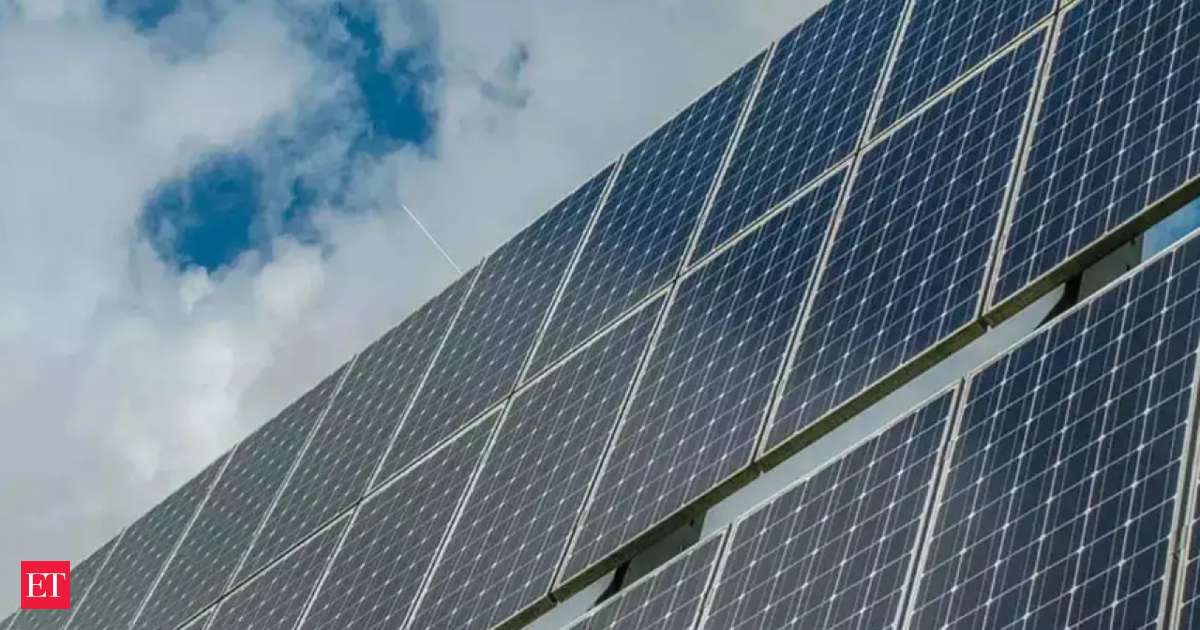Key Takeaways
- Japan is investing in flexible perovskite solar panels to boost renewable energy and compete with China.
- The government offers significant incentives, including a $1 billion subsidy to produce enough panels for 30,000 households by 2027.
- Despite challenges like efficiency and lead toxicity, perovskite technology is being integrated into various projects across the country.
Investing in Perovskite Solar Technology
Japan is making a substantial investment in ultra-thin, flexible perovskite solar panels as part of its strategy to meet its renewable energy goals and diminish China’s dominance in the sector. These innovative panels are particularly suitable for Japan’s mountainous terrain, which limits the availability of flat land needed for traditional solar farms. A key component of perovskite panels is iodine, a mineral that Japan has in abundance.
Despite their potential, perovskite panels come with challenges. Currently, they produce less power and have shorter lifespans compared to conventional silicon solar cells. Moreover, they contain toxic lead, necessitating careful disposal. Nevertheless, Japan’s Minister of Industry, Yoji Muto, emphasized the importance of making perovskite cells successful to achieve both decarbonization and competitiveness in the market.
In an ambitious move, the Japanese government is providing significant financial incentives to the industry, including a hefty 157-billion-yen (approximately $1 billion) subsidy geared toward Sekisui Chemical. This funding aims to help the company establish a factory capable of producing enough perovskite panels to generate 100 megawatts of electricity by 2027—enough to power around 30,000 households. By 2040, Japan aims to install sufficient perovskite panels to produce 20 gigawatts of electricity, which equates to the capacity of about 20 nuclear reactors. This initiative is part of a broader strategy to have renewable energy account for up to 50 percent of the nation’s electricity demand by the same year.
Japan’s reliance on solar energy—including both perovskite and silicon-based technologies—is expected to rise significantly, from covering 9.8 percent of electricity demand in 2023 to 29 percent by 2040. Hiroshi Segawa, a specialist in next-generation solar technology from the University of Tokyo, believes that leveraging all available technologies is critical for achieving carbon neutrality. He suggests that perovskite panels, which can be manufactured domestically, may enhance Japan’s energy and economic security.
The country is determined to avoid the pitfalls of past solar technology booms and busts. In the early 2000s, Japan had a significant share of the global solar market with silicon panels. However, China now dominates, controlling more than 80 percent of the supply chain. In contrast to traditional silicon panels, which are heavy and cumbersome due to glass and metal framing, perovskite solar cells are lightweight and can be constructed by applying materials like iodine and lead onto flexible surfaces.
Currently, perovskite solar panels are being used in various innovative projects. For instance, a 46-storey building in Tokyo is set to incorporate them by 2028, and Fukuoka city plans to cover a baseball stadium with the panels. Major electronics company Panasonic is also looking into integrating perovskite technology into windowpanes, allowing buildings to generate their own power and potentially alleviating the strain on the national grid.
While the enthusiasm for perovskite technology is growing, challenges remain. These panels are still less efficient than silicon alternatives and generally have a lifespan of around a decade. However, advancements are underway, with some prototypes nearing the efficiency of traditional panels and expected durability improvements. Looking ahead, Professor Segawa estimates that Japan could achieve a solar capacity of 40 gigawatts from perovskite by 2040, contributing not only to domestic energy solutions but also potentially serving as a model for global renewable energy adoption.
The content above is a summary. For more details, see the source article.















